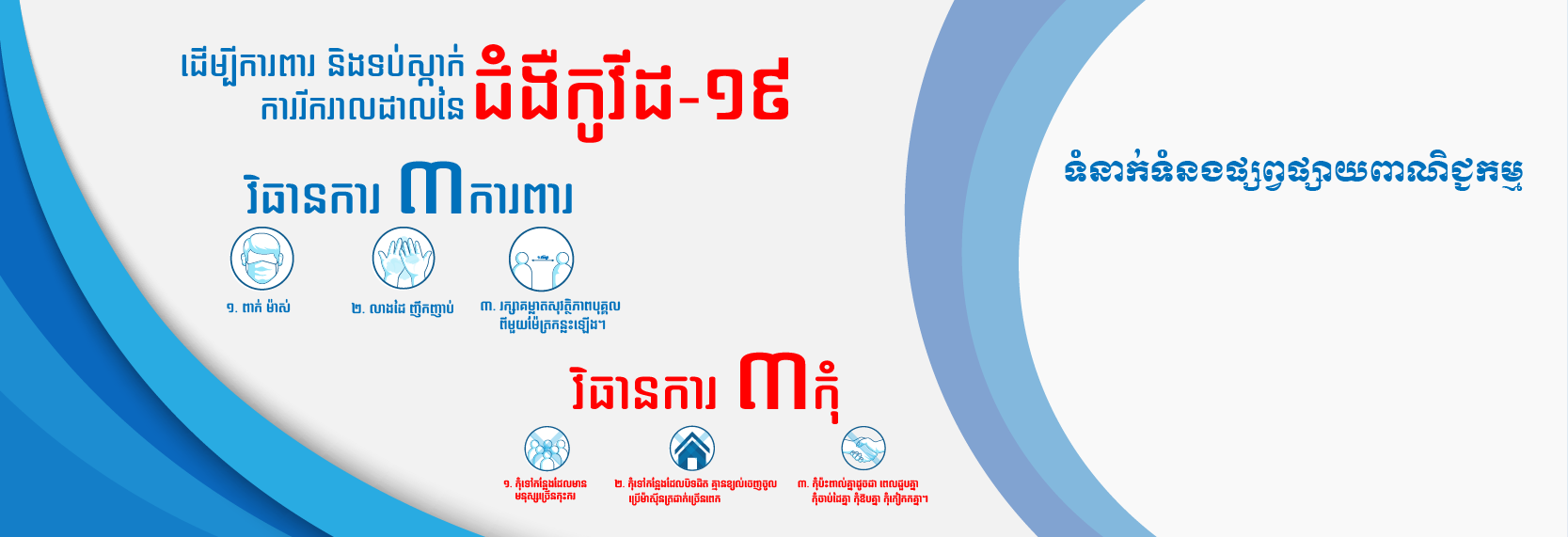Virtual reality (VR) is the ability to interact with an environment or object digitally reproduced that simulates the real-world experience. In healthcare settings, this technology is utilized to enhance mobility for rehabilitation patients or to distract and relax during medical procedures. VR is still in the very beginning stages of application and acceptance in the practice of medicine. This article offers an overview of the barriers and facilitators to the use of VR in healthcare settings.
The majority of the obstacles found in this study were related to the adopter system and organizational categories of virtual data room the NASSS framework, particularly the need of healthcare professionals for education and training in VR, the absence of research and evidence regarding the added value of VR in the treatment context, and the perceived low self-efficacy and confidence in applying and utilize VR during patient care. Numerous studies have recommended the use of behavioral change techniques like education and training or intervision groups to aid the clinicians in their decision-making processes in relation to VR use.
Facilitators were less often identified due to the young age of patients who might be more open to the latest technology and feel more comfortable with it or the fact that VR could create an immersive and interactive learning environment that stimulates the senses as well as fostering greater understanding of complicated scientific concepts. Furthermore, the ability of VR to simulate real-world environments, such as the surface of planets, or the structure of atoms makes it an effective educational tool for students to explore and explore complicated and abstract ideas that are difficult to visualize in traditional classroom settings.







